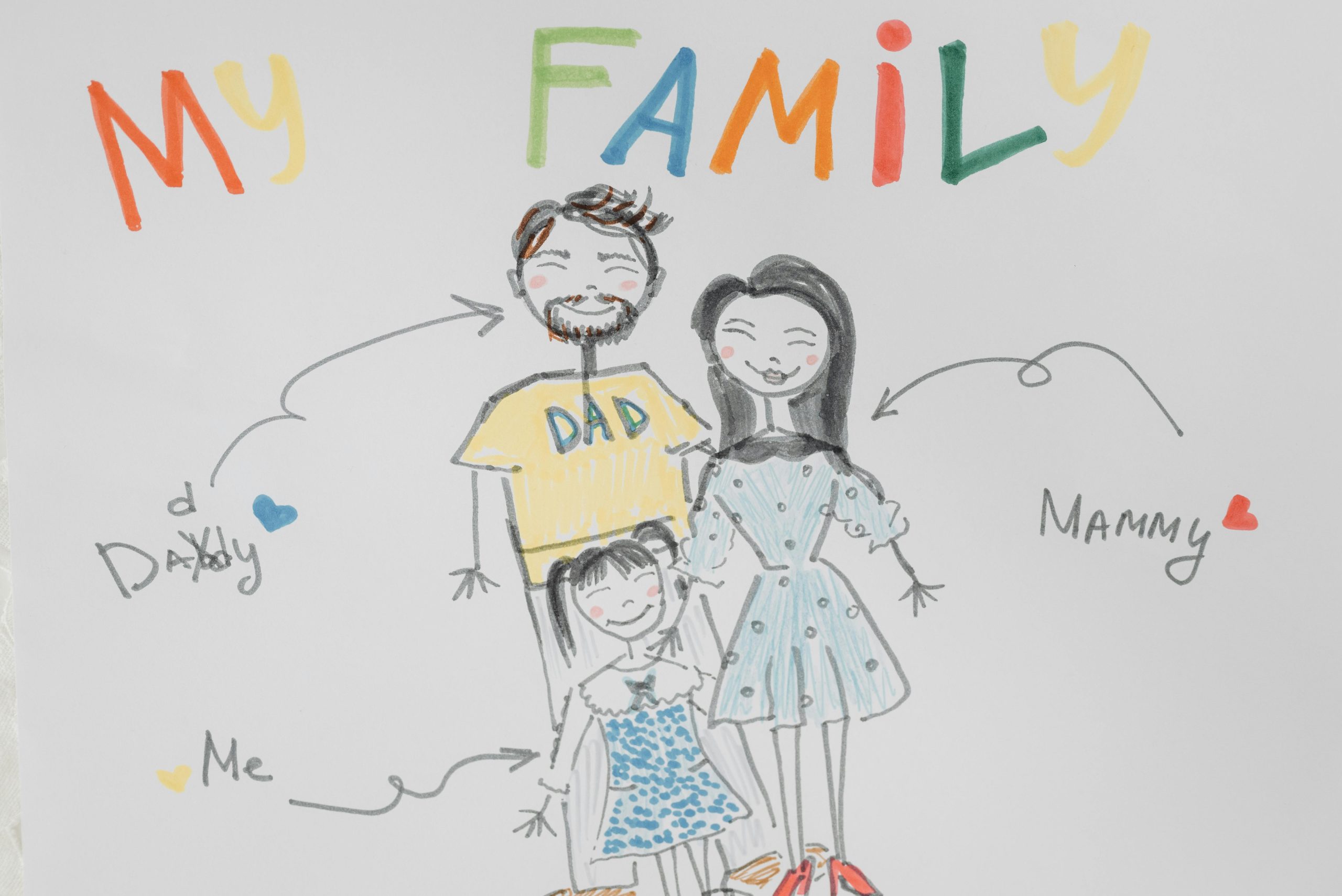Fifty years after the Moorgate Tube disaster, one question still lingers: while we understand what occurred, uncovering the reasons behind it proves to be much more complicated.
Fifty years after the Moorgate Tube disaster, one question remains. We know what happened, but why is a harder question to answer


The Moorgate Tube disaster was indeed a tragic event that raises important questions about safety and the factors that contribute to such incidents. While the immediate causes of the accident—such as the failure of the driver to apply the brakes—are documented, the deeper question of “why” involves a complex interplay of human factors, system vulnerabilities, and operational procedures.
Investigations revealed that issues like fatigue, possible signal confusion, and the design of the train itself, which lacked certain safety features, played significant roles. Moreover, the psychological pressures on staff and the organizational culture within the transit system may have contributed to lapses in judgment.
Reflecting on this disaster half a century later emphasizes the need for continuous improvement in safety protocols, training, and mental health support for operators. Understanding the multi-faceted reasons behind such incidents is crucial not just for remembering the past but for ensuring a safer future for public transportation. It serves as a reminder of the importance of learning from history to prevent similar tragedies.
This post raises a crucial point about the complexity of human factors in transportation safety. While technical details of the Moorgate Tube disaster are well-documented, delving into the psychological and organizational elements that contributed to it is essential for preventing future incidents. For instance, the interplay of decision-making under stress, potential communication breakdowns, and the oversight in safety training all deserve attention. Analyzing these facets can provide deeper insights into the culture within transport organizations and highlight the need for robust safety protocols that not only focus on technology but also on the human element. Reflecting on this disaster can help us foster an environment where continuous learning and improvement are prioritized, ultimately leading to safer transit systems.
Understanding the Moorgate Tube Disaster: A Londoner’s Perspective
As a long-time London resident, I find the complexities surrounding the Moorgate Tube disaster both haunting and pivotal in shaping our city’s transport safety measures. While we may have a clear account of the events, the underlying reasons remain elusive and merit deeper exploration.
To truly comprehend the “why,” we must consider several intertwined factors:
This disaster serves as a sobering reminder of how critical it is to continuously evaluate our